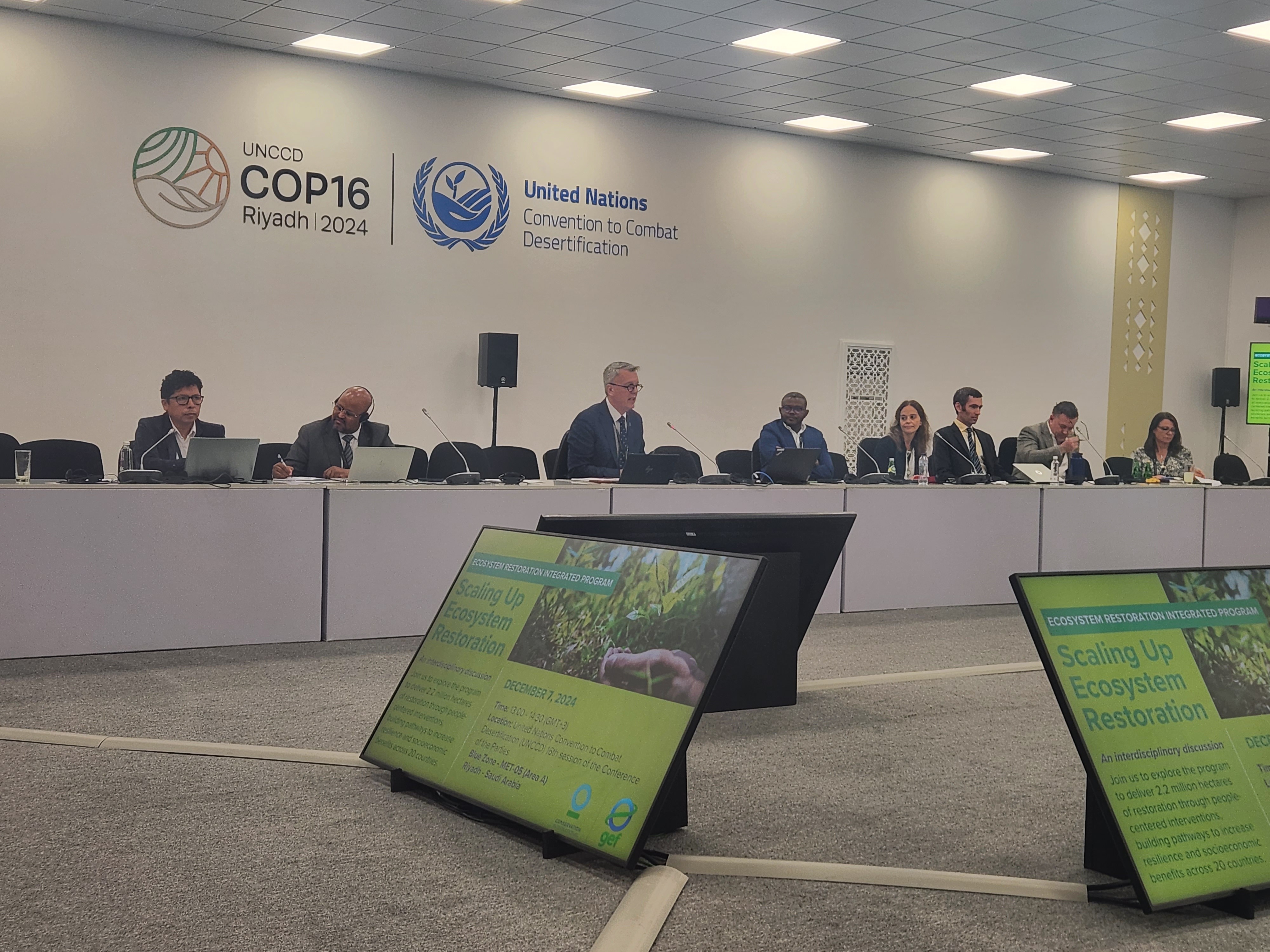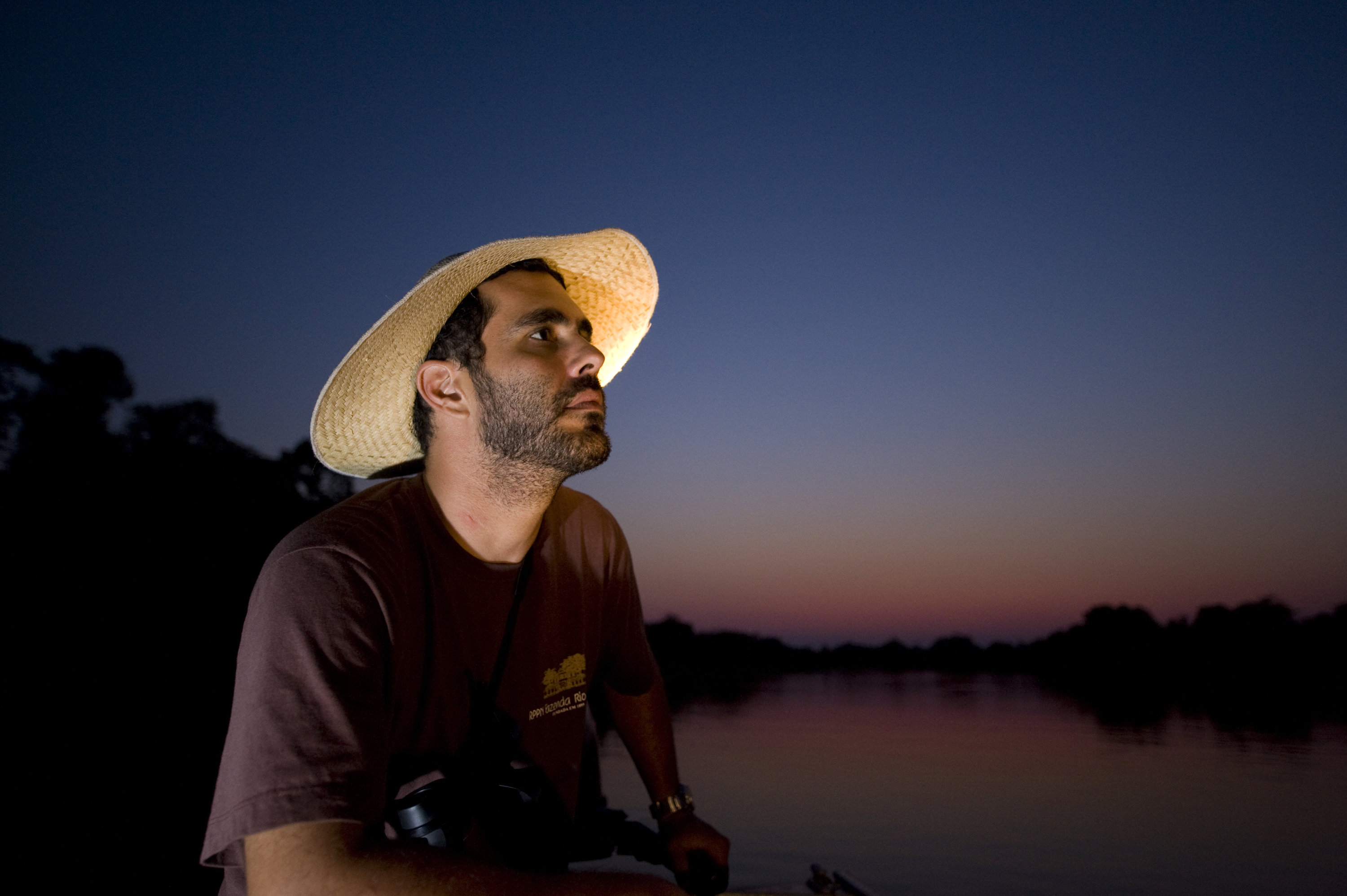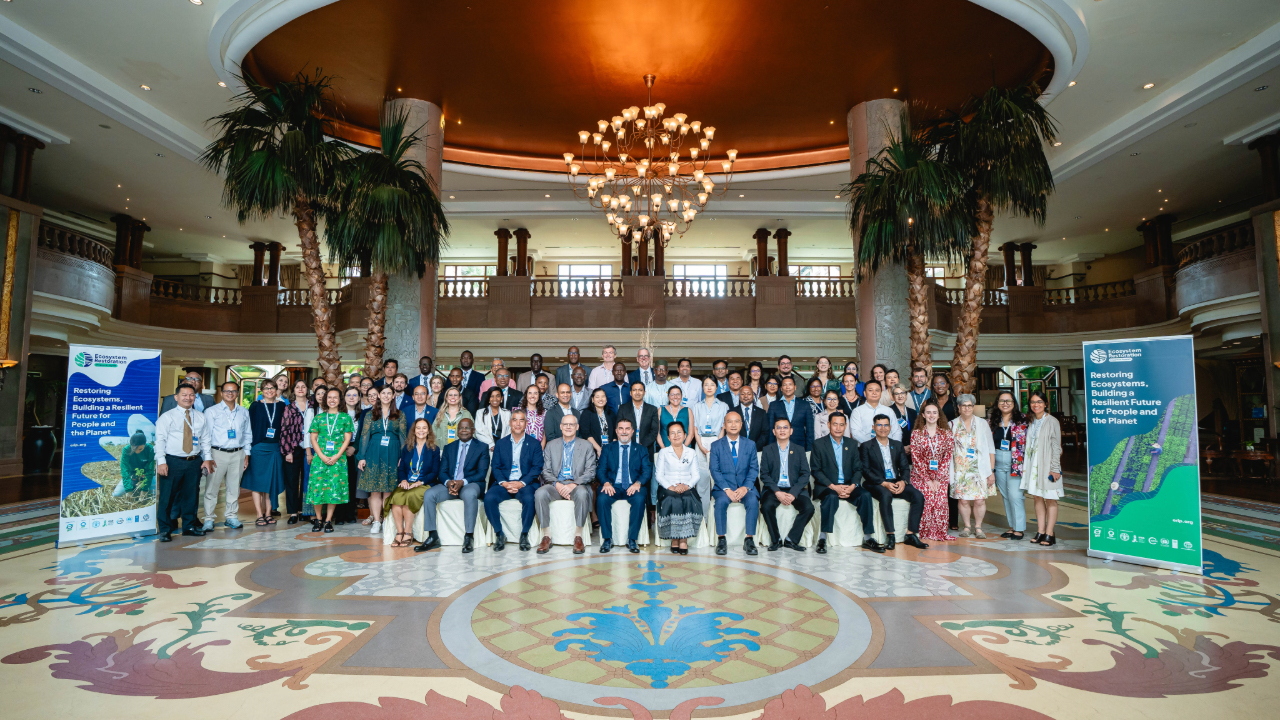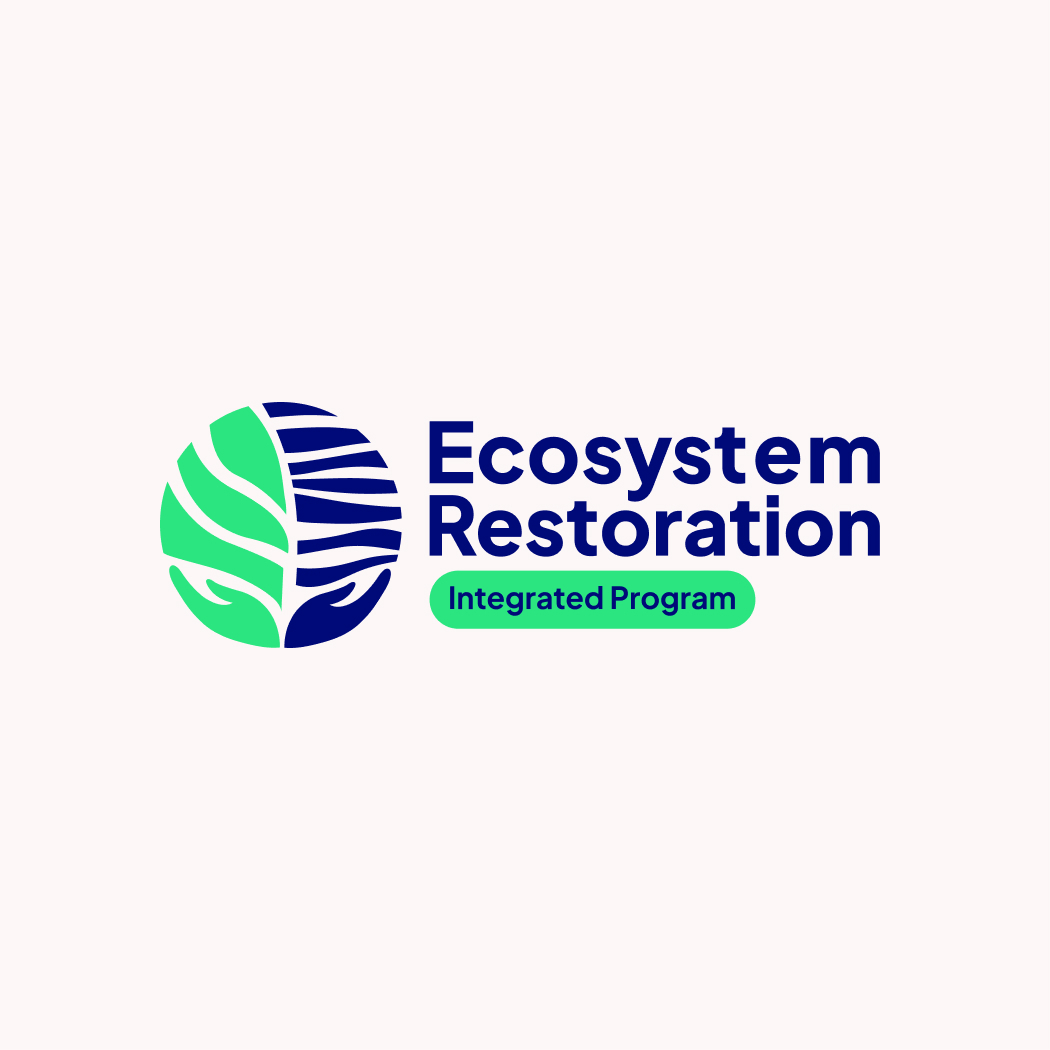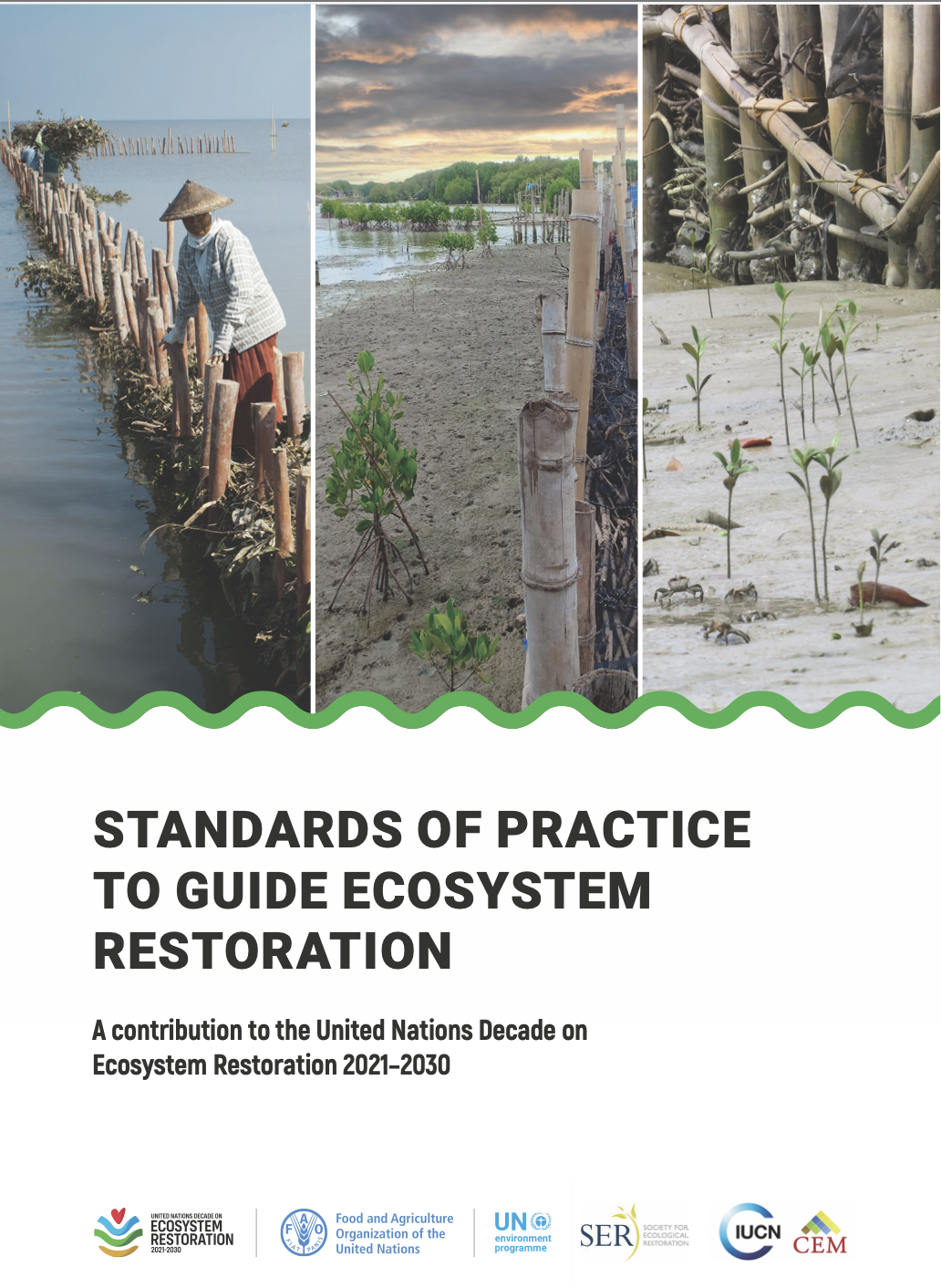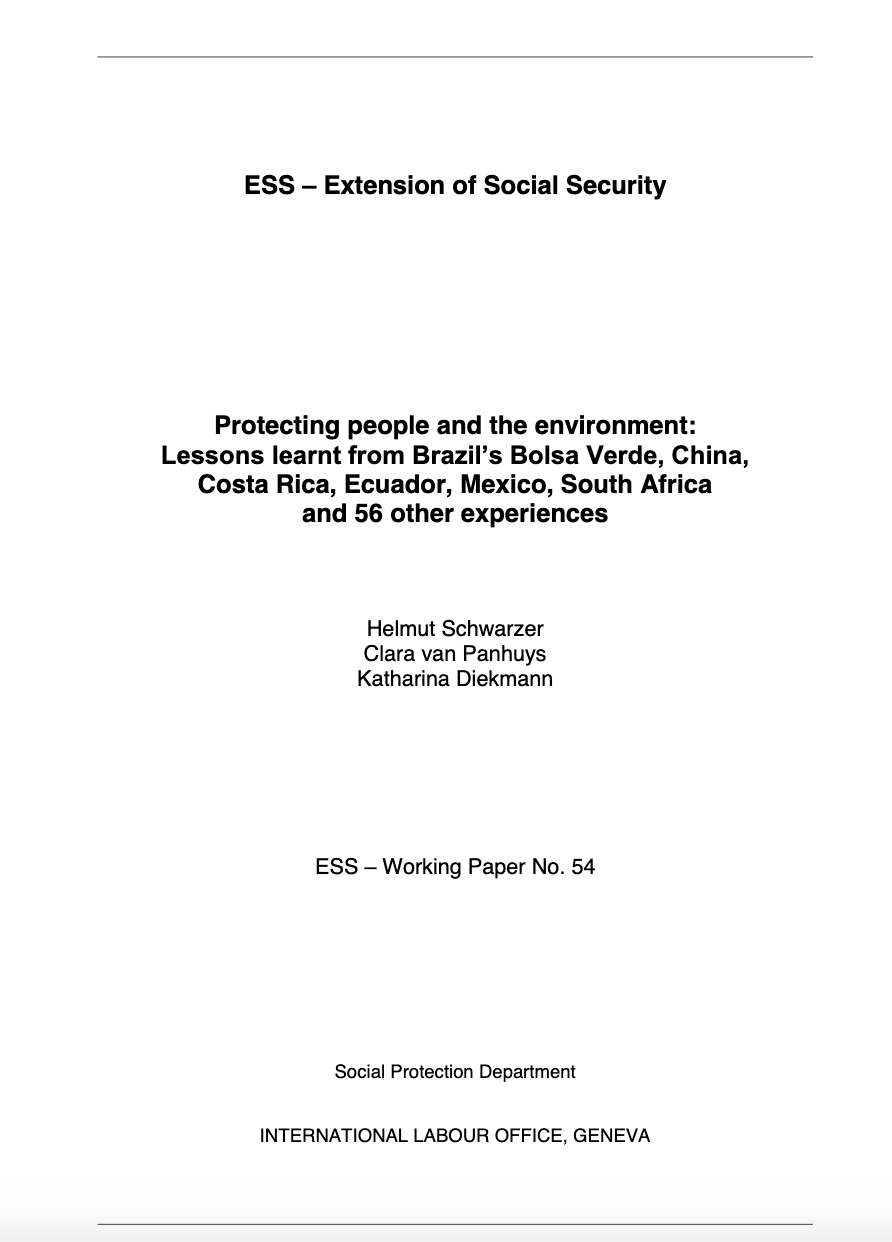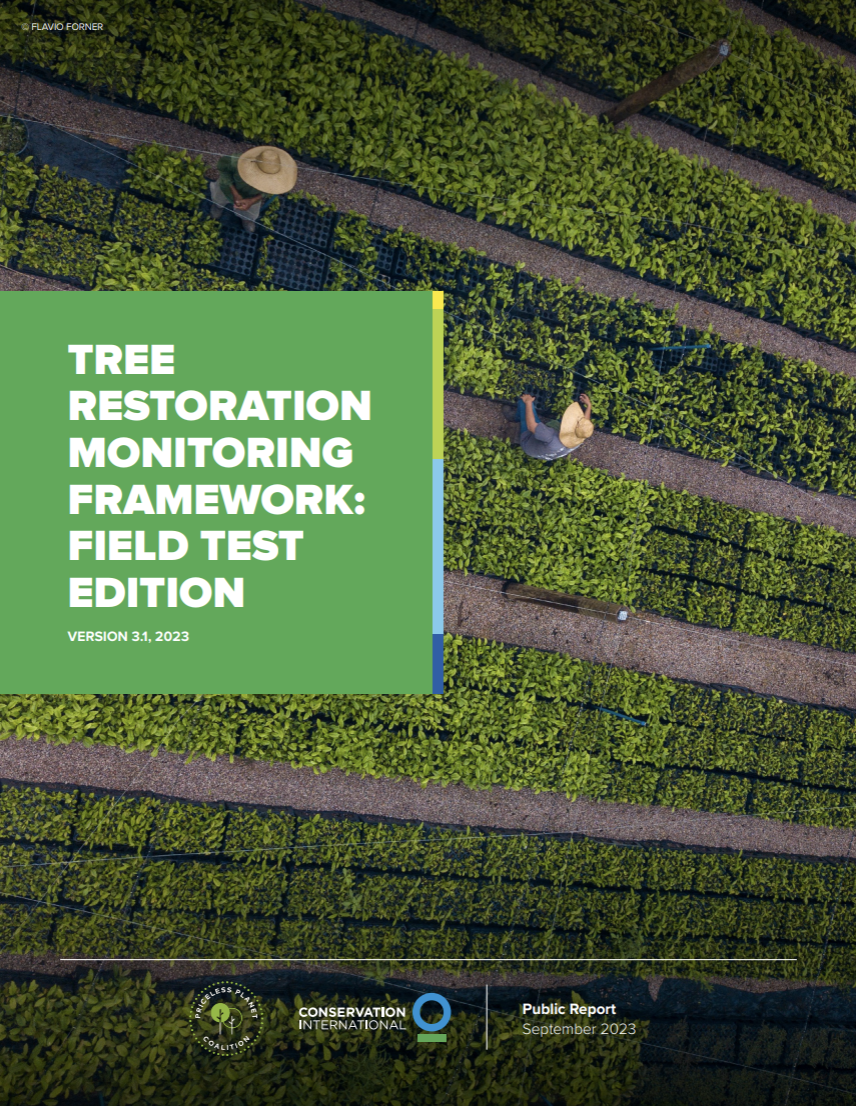Restoration Policy
Restoring ecosystems is among the most effective strategies for addressing some of the world’s most pressing environmental challenges, including biodiversity loss, climate change, and land degradation. A key part of scaling restoration efforts and raising their profile lies in ensuring that global, regional, and national policies recognize restoration as a policy priority. The Ecosystem Restoration Integrated Program (ERIP) plays a central role in supporting this work and building the capacity needed to embed restoration into policy frameworks.





